|
za 2004 god.
 An Oblique View of Prom. Laplace
An Oblique View of Prom. Laplace
11.11.2004 | Lunnoe foto dnya
We see the Moon from such as vast distance that our views mostly have overhead perspectives (except along the limb). Often I have wondered what a particular feature look like on the ground.
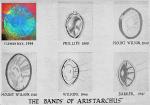 "The First Real Lunar Physical change"
"The First Real Lunar Physical change"
10.11.2004 | Lunnoe foto dnya
The search for change on the Moon was the holy grail for many lunar observers from the 1700s through at least the 1950s. In 1949, in an article in the Journal of the British...
 Arnold - Not the Governor
Arnold - Not the Governor
9.11.2004 | Lunnoe foto dnya
If a large new crater were to form on the Moon, the area north of Mare Frigoris would be a place that could use it. Most of the craters north of 60 degrees N latitude are old and battered by ejecta from the impact that formed the Imbrium basin.
 Maps on Discs
Maps on Discs
8.11.2004 | Lunnoe foto dnya
Digital technologies are revolutionizing access to lunar information. Webcams and the Internet allow the acquisition of unbelievably excellent lunar images and the nearly instantaneous sharing of them with observers around the globe. Scanners and CDs and DVDs allow the preservation and dissemination of old lunar atlases too.
 Humboldt
Humboldt
7.11.2004 | Lunnoe foto dnya
Humboldt was one of the greatest explorer-naturalists of the 19th century so it is fitting that a crater with his name is in an often inaccessible region near the limb. But this magnificent and hardly visible 207 km wide crater is named not for the explorer, but for his stay-at-home brother, Wilhelm.
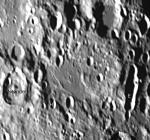 Little Known Fault
Little Known Fault
6.11.2004 | Lunnoe foto dnya
The Straight Wall is deservedly the best known fault on the Moon. Other well-known faults include one near Cauchy and another in Lacus Mortis. But there are also smaller faults that have seldom been described.
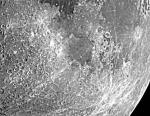 Bright & Dark
Bright & Dark
5.11.2004 | Lunnoe foto dnya
First, I must apologize to Paolo for over-enhancing one of his very good mosaics of a 10-day old Moon! The purpose is to explore the extremes of light and dark that appear in this southeastern quadrant of the Moon.
 Norwegian Ring
Norwegian Ring
4.11.2004 | Lunnoe foto dnya
Television and city life have robbed most of us of daily (and nightly) contact with the sky. Wondrous views of unexpected natural scenes such as this ring around the Moon don't occur inside your living room or while seated in front of a computer.
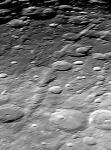 Looking Down the Chain
Looking Down the Chain
3.11.2004 | Lunnoe foto dnya
Radiating from Mare Nectaris are a number of linear features, most notably the Rheita and Snellius valleys. These are thought to be basin secondary crater chains resulting from large blocks of rock ejected almost like a ray during the Nectaris impact.
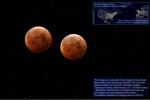 Offset Moon
Offset Moon
2.11.2004 | Lunnoe foto dnya
Determination of the distances to the stars and galaxies beyond our own is one of the greatest intellectual triumphs of humanity. Measuring parallax - the movement of a nearby star relative to distant stars - is the foundation of all our knowledge of the size of the universe.

